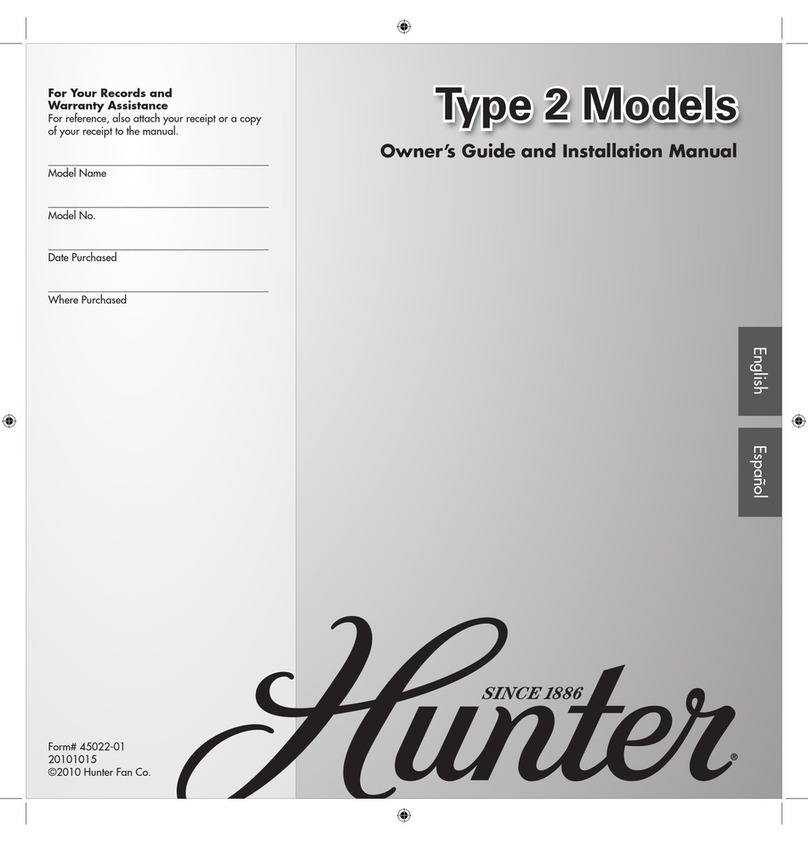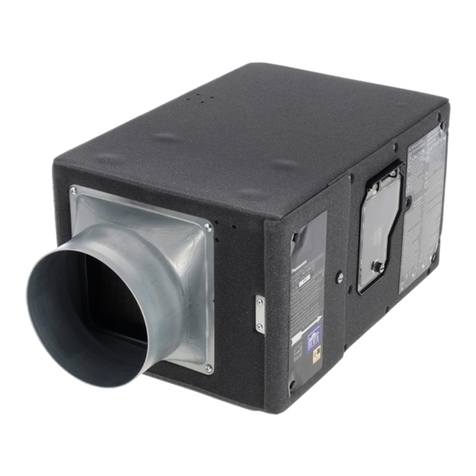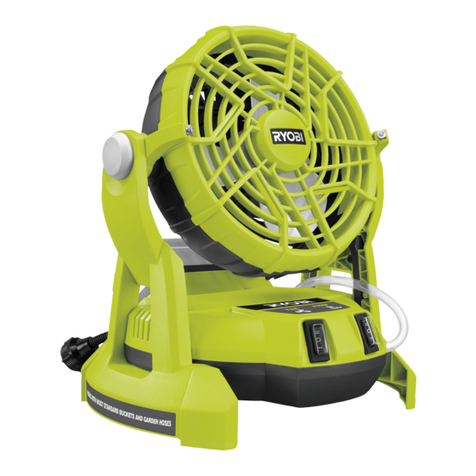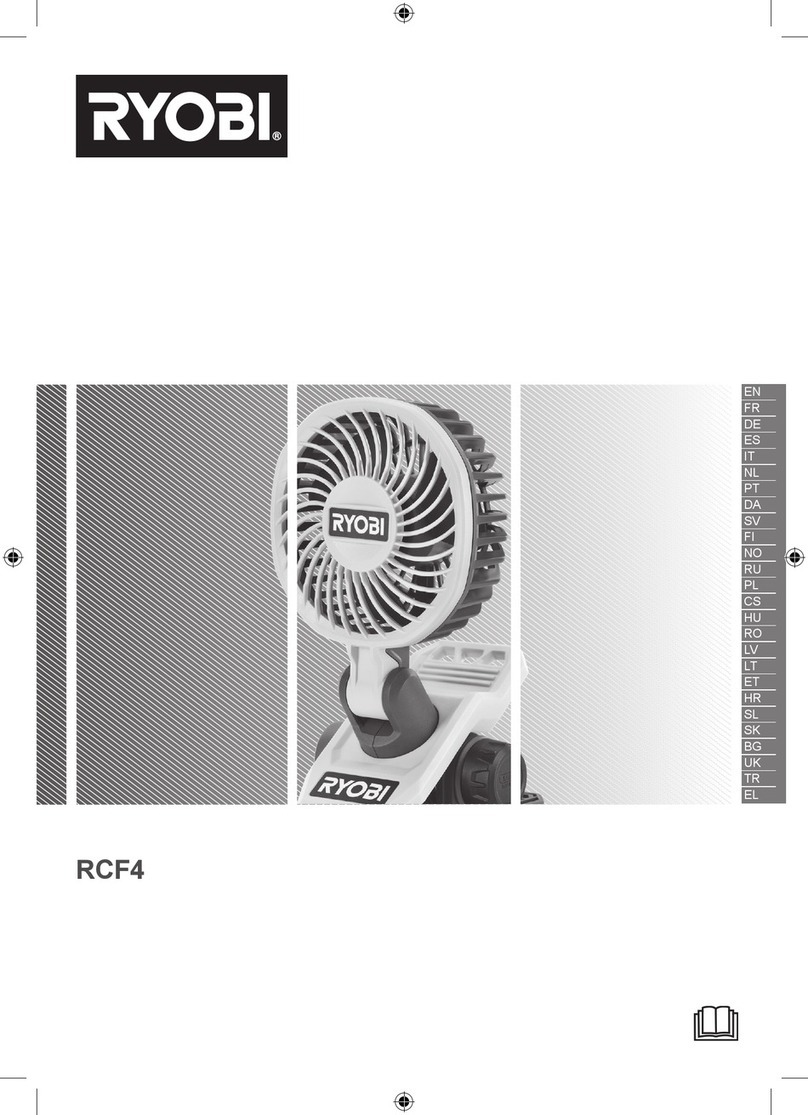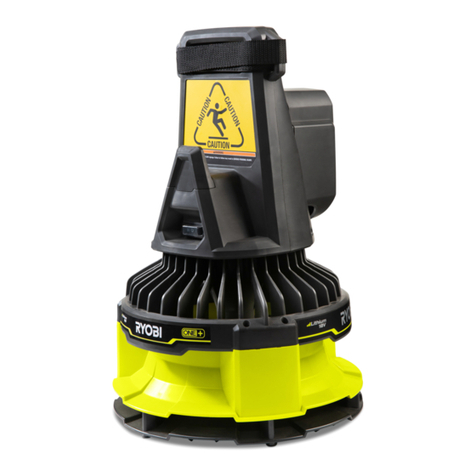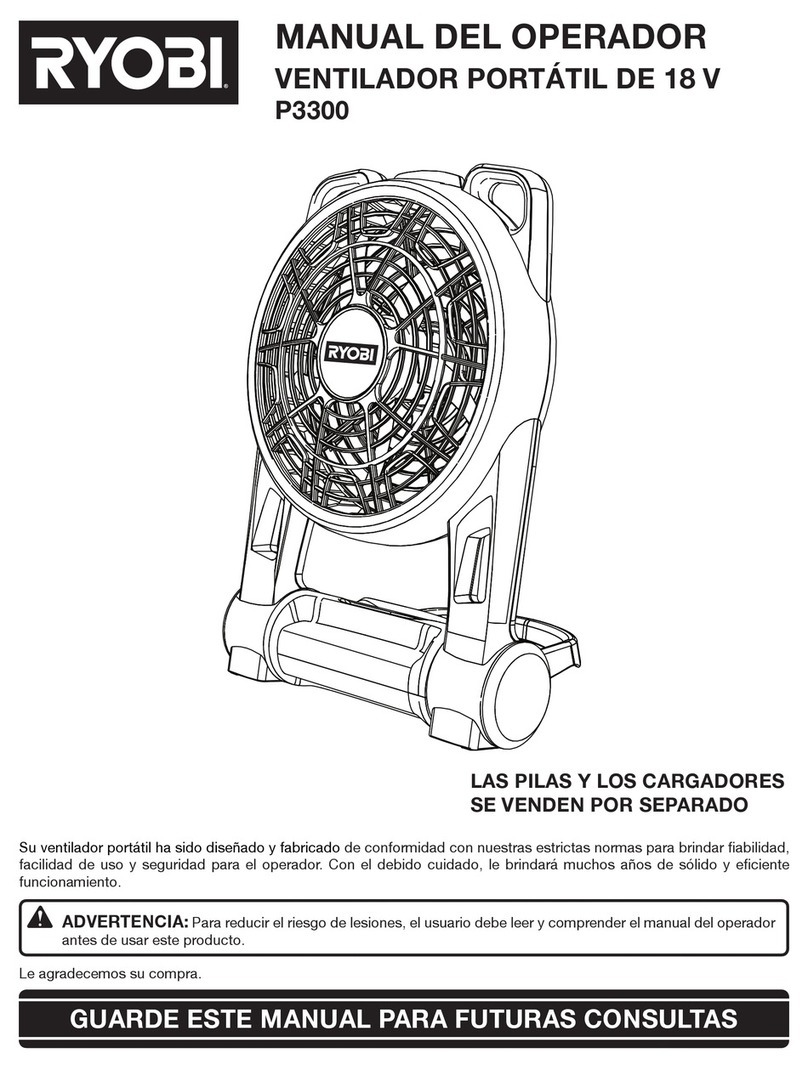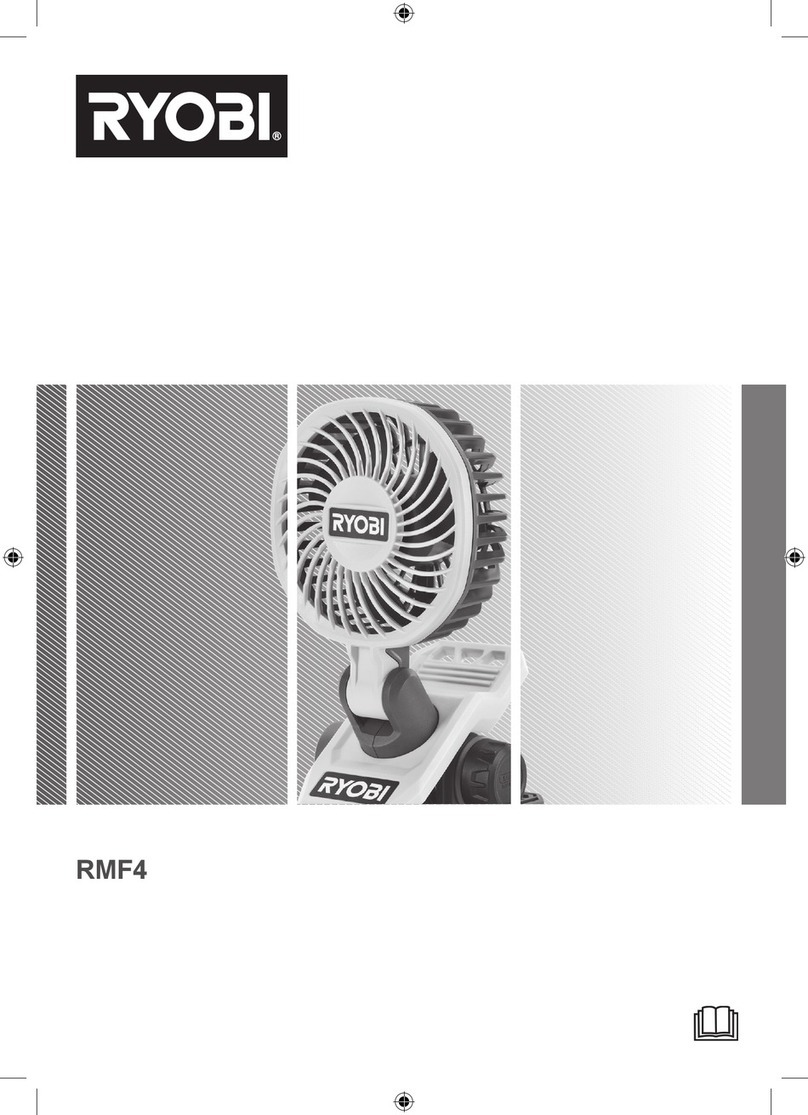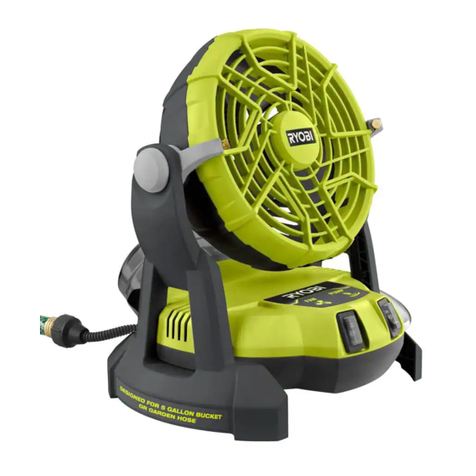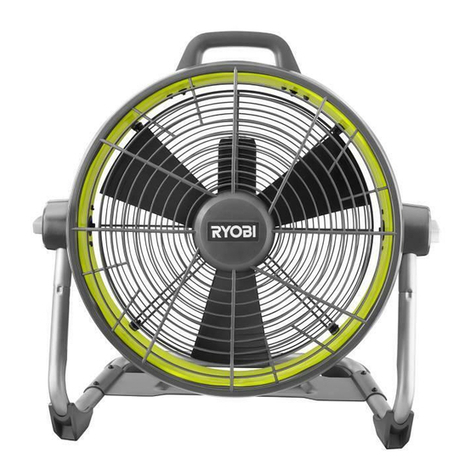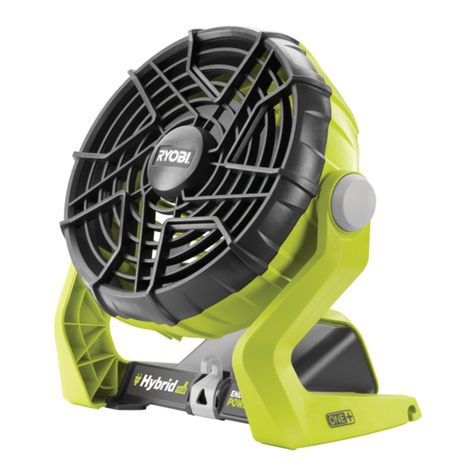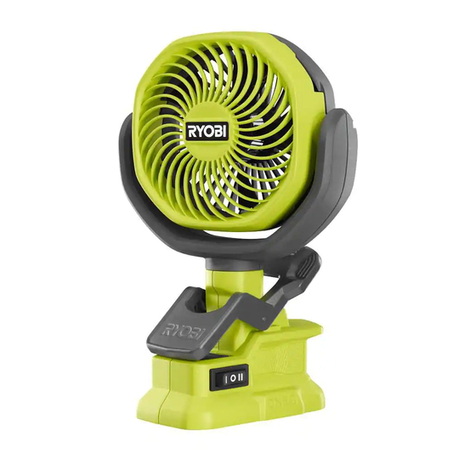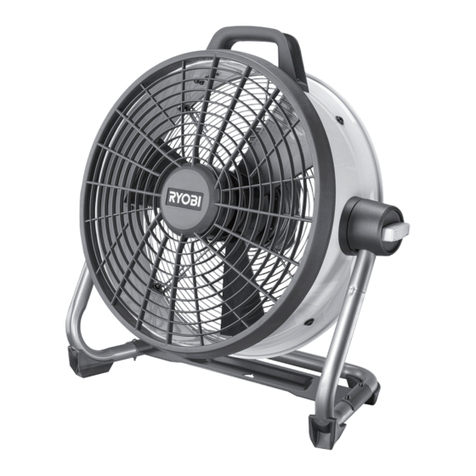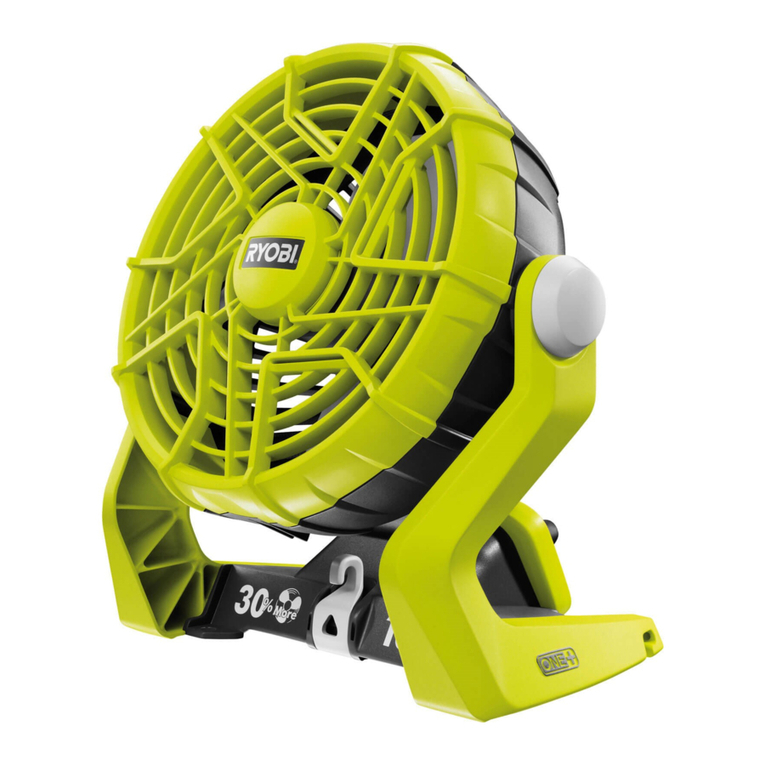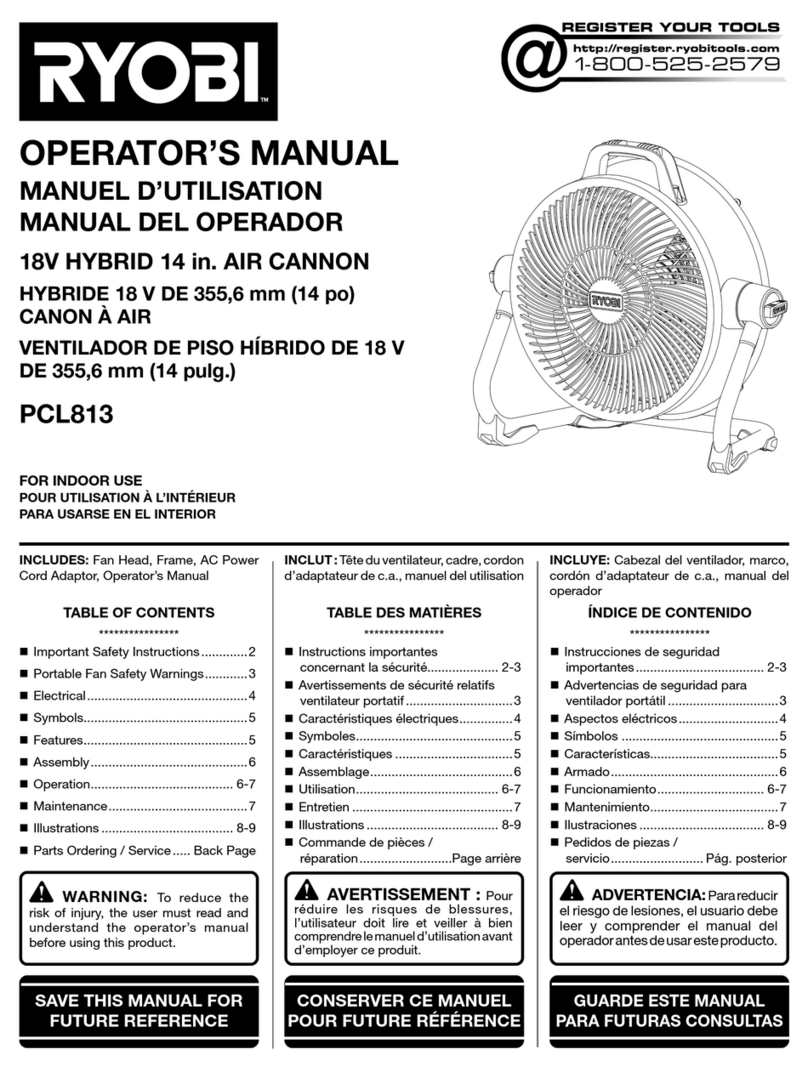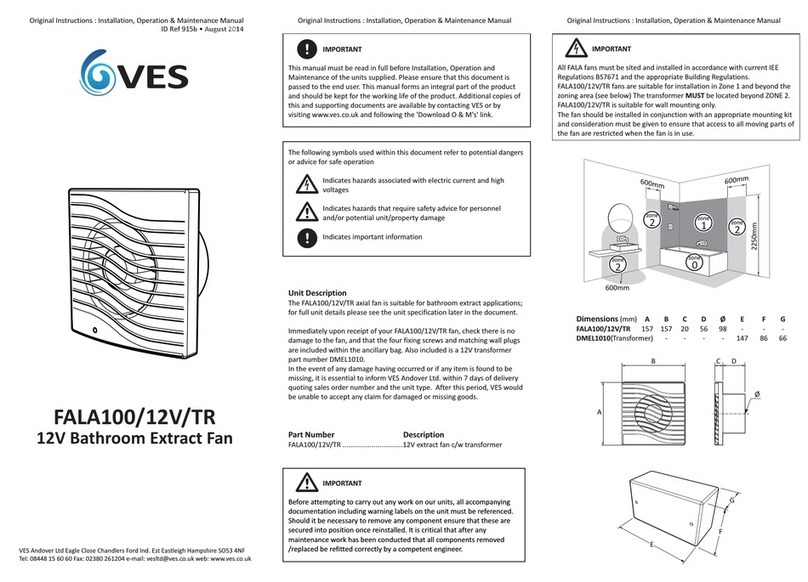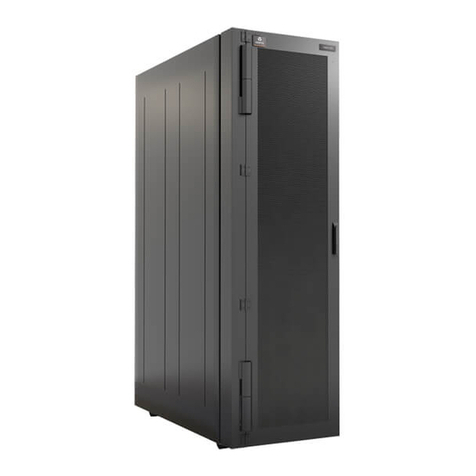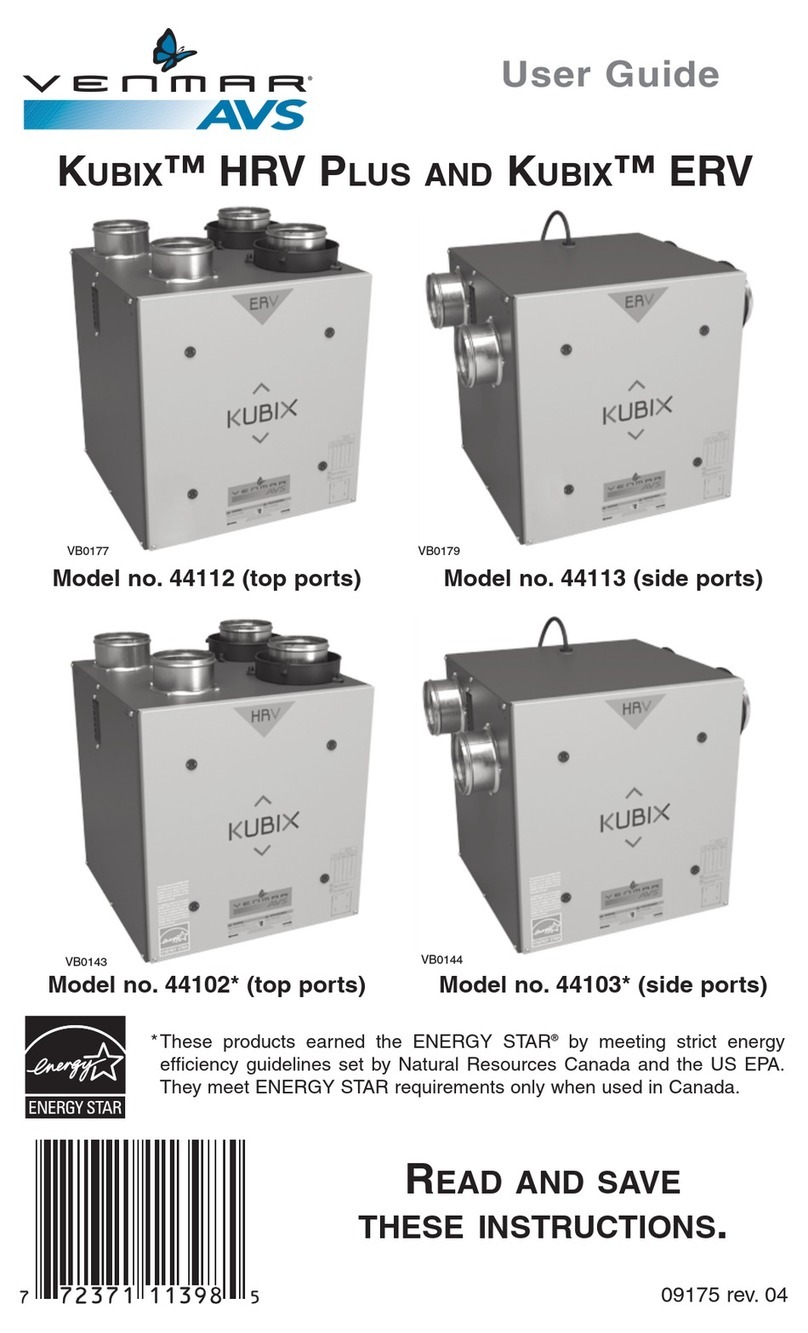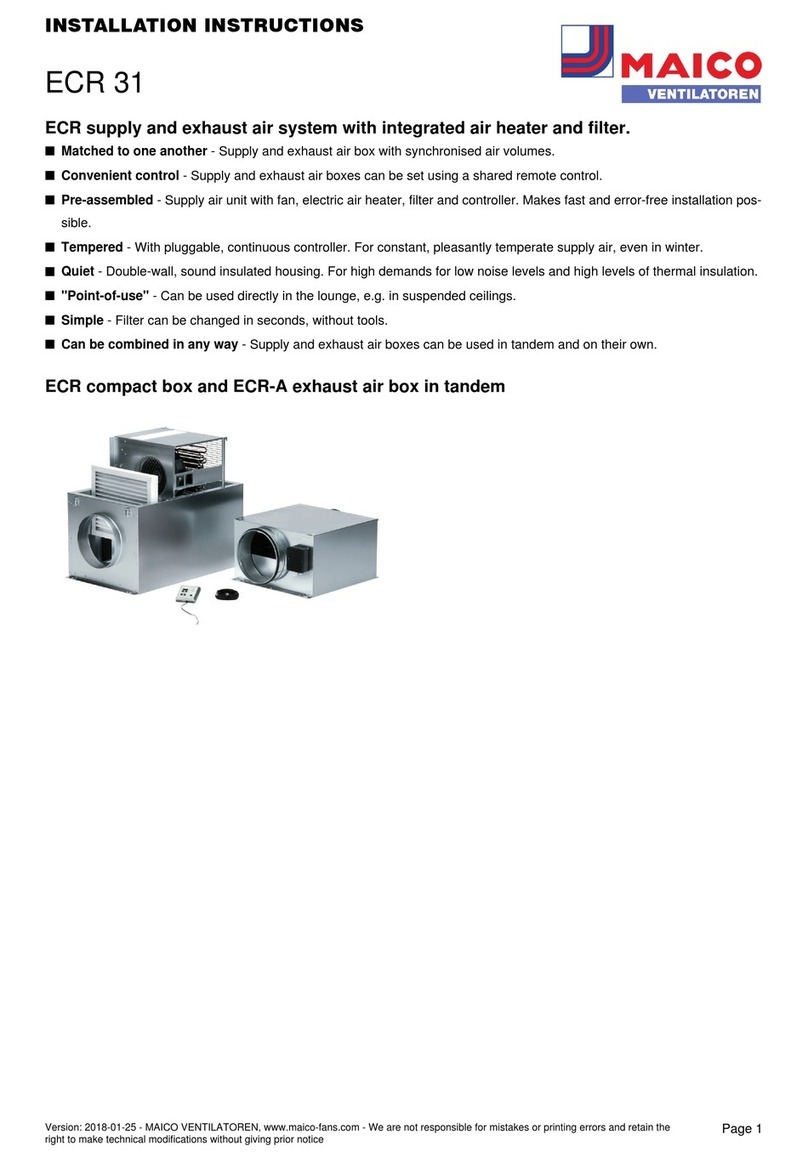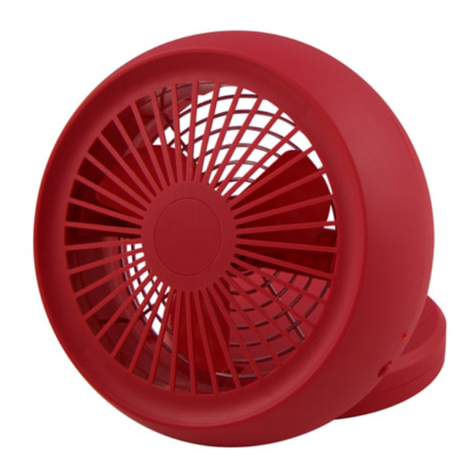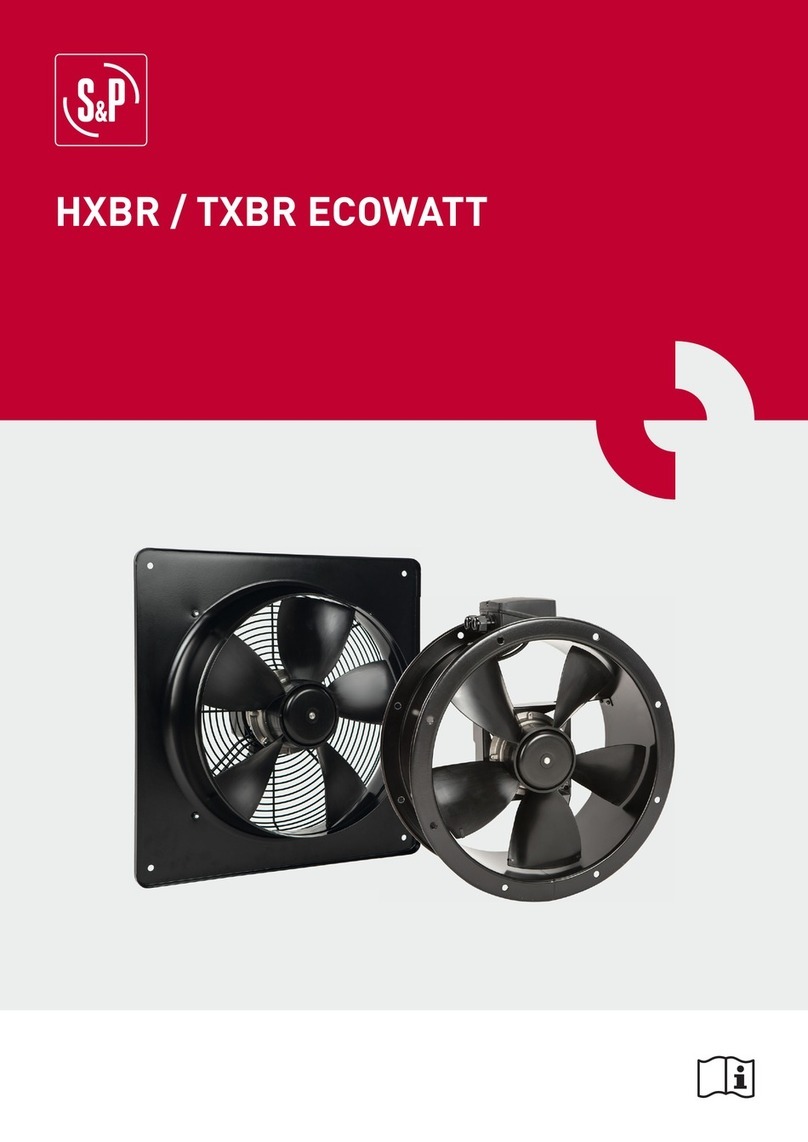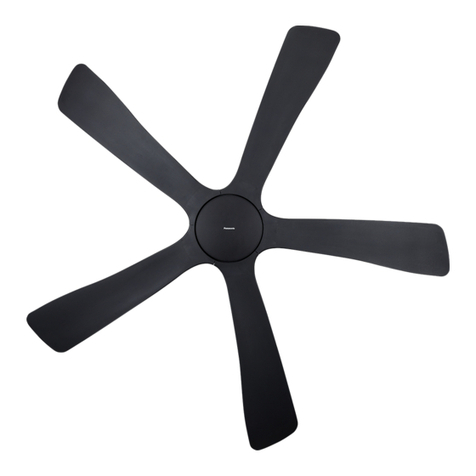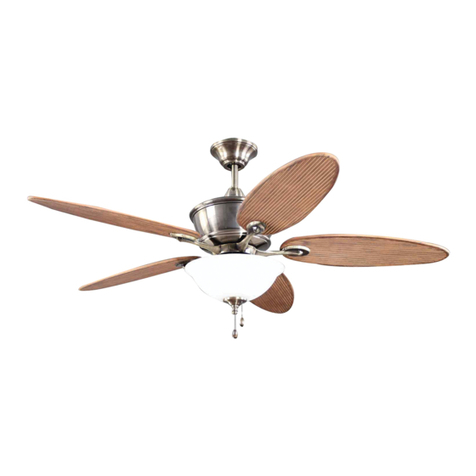
■Maintain power tools and accessories. Check for
misalignment or binding of moving parts, breakage
of parts and any other condition that may affect the
power tool’s operation. If damaged, have the power
tool repaired before use. Many accidents are caused
by poorly maintained power tools.
■Keep cutting tools sharp and clean. Properly
maintained cutting tools with sharp cutting edges are
less likely to bind and are easier to control.
■Use the power tool, accessories and tool bits etc.
in accordance with these instructions, taking into
account the working conditions and the work to
be performed. Use of the power tool for operations
different from those intended could result in a hazardous
situation.
■Keep handles and grasping surfaces dry, clean
and free from oil and grease. Slippery handles and
grasping surfaces do not allow for safe handling and
control of the tool in unexpected situations.
Battery tool use and care
■Recharge only with the charger specified by the
manufacturer. A charger that is suitable for one type
of battery pack may create a risk of fire when used with
another battery pack.
■Use power tools only with specifically designated
battery packs. Use of any other battery packs may
create a risk of injury and fire.
■When battery pack is not in use, keep it away from
other metal objects, like paper clips, coins, keys,
nails, screws or other small metal objects, that can
make a connection from one terminal to another.
Shorting the battery terminals together may cause burns
or a fire.
■Under abusive conditions, liquid may be ejected from
the battery; avoid contact. If contact accidentally
occurs, flush with water. If liquid contacts eyes,
additionally seek medical help. Liquid ejected from
the battery may cause irritation or burns.
■Do not use a battery pack or tool that is damaged or
modified. Damaged or modified batteries may exhibit
unpredictable behaviour resulting in fire, explosion or
risk of injury.
■Do not expose a battery pack or tool to fire or
excessive temperature. Exposure to fire or temperature
above 130°C may cause explosion.
■Follow all charging instructions and do not charge
the battery pack or tool outside the temperature
range specified in the instructions. Charging
improperly or at temperatures outside the specified
range may damage the battery and increase the risk of
fire.
Service
■Have your power tool serviced by a qualified repair
person using only identical replacement parts. This
will ensure that the safety of the power tool is maintained.
■Never service damaged battery packs. Service
of battery packs should only be performed by the
manufacturer or authorized service providers.
MISTING FAN SAFETY WARNINGS
■Know your tool. Read operator’s manual carefully.
Learn its applications and limitations, as well as
the specific potential hazards related to this tool.
Following this rule will reduce the risk of electric shock,
fire, or serious injury.
■Do not disassemble the product.
■Do not attempt to modify this product or create
accessories not recommended for use with this
product. Any such alteration or modification is misuse
and could result in a hazardous condition leading to
possible serious personal injury.
■Do not use this product if it is not completely
assembled or if any parts appear to be missing or
damaged. Use of a product that is not properly and
completely assembled could result in serious personal
injury.
■Do not use this product to exhaust hazardous or
explosive materials and vapors. It is intended for
general ventilating use only.
■Do not open or modify the product, otherwise the
warranty will be voided.
■To reduce the risk of injury, close supervision is
necessary when a product is used near children.
■Do not allow children to operate this product. It is
not a toy.
■Cleaning and user maintenance shall not be made
by children without supervision.
■Exercise caution to avoid slipping or falling.
■Never leave product running unattended. Turn hose
faucet completely off and remove battery pack/
unplug the product. Do not leave product until spray
comes to a complete stop.
■Never direct mist or water toward any electrical
wiring or devices.
■Ensure that all hoses and accessories are properly
connected before using the product.
■When connecting to water mains through a garden
hose, the hose must be constructed to prevent back
siphonage of non-potable water into water means,
complying with IEC 61770.
■Only use clean, cold water.
■Do not use this misting fan to spray pesticides,
liquid fertilizers, chemicals, or any liquids other than
clean water. Spraying these substances could result in
serious injury or illness to the operator or bystanders.
■Make sure hose and mist tube are located so that
they will not be stepped on, tripped over, come
in contact with sharp edges or moving parts or
otherwise subjected to damage or stress. This will
reduce the risk of accidental falls, which could cause
injury, and damage to the hose and mist tube which
could prevent the product from working properly.
■Use caution when positioning the product for use.
Never place the unit near electrical outlets or switches.
■Check hoses and parts for signs of damage. Replace
any damaged hoses or parts.
■Verify that all connections are secure before
operating the unit.
■Use caution when using in windy conditions. Winds
may carry mists into electrical wiring or devices.
■Do not kink or overbend the hose or mist tube.
■Be careful not to spill water when filling water
bucket. Ensure all hose connections are secure
3

